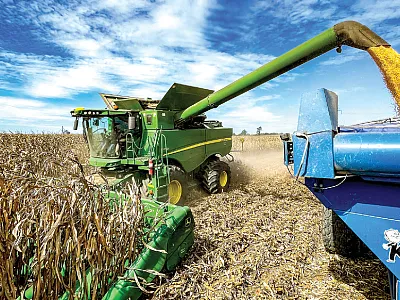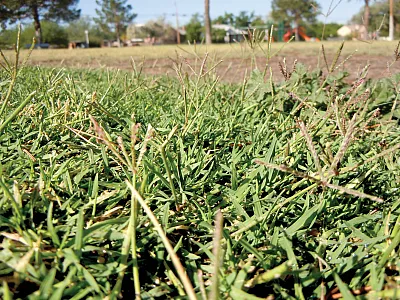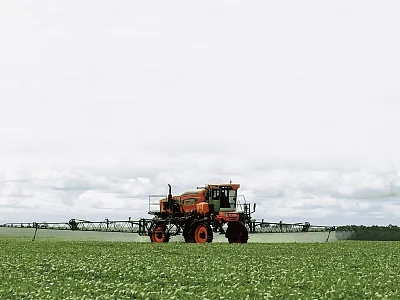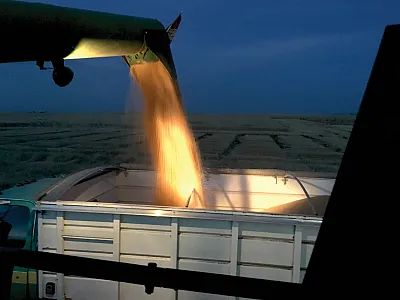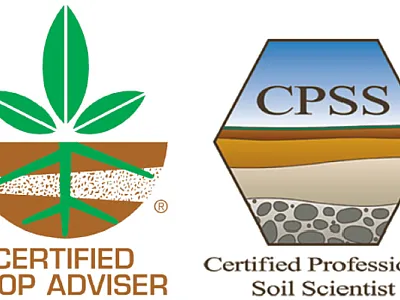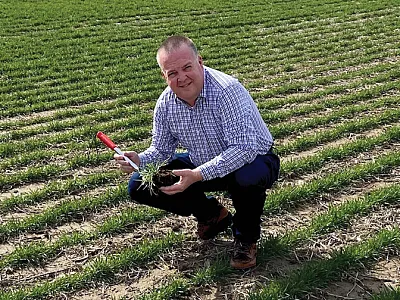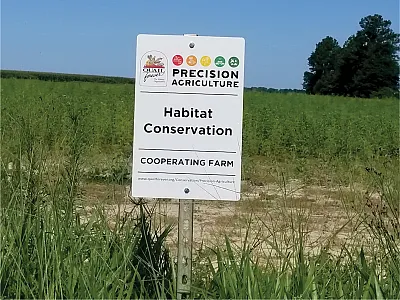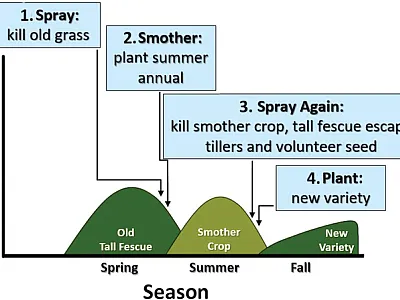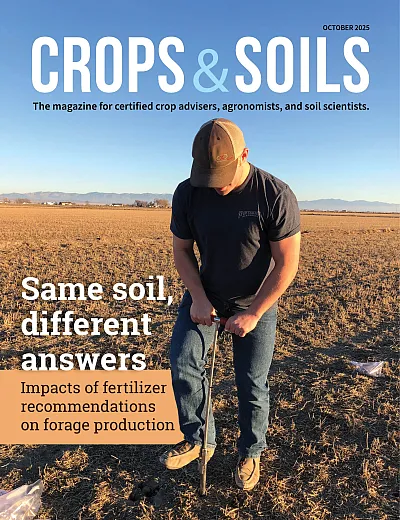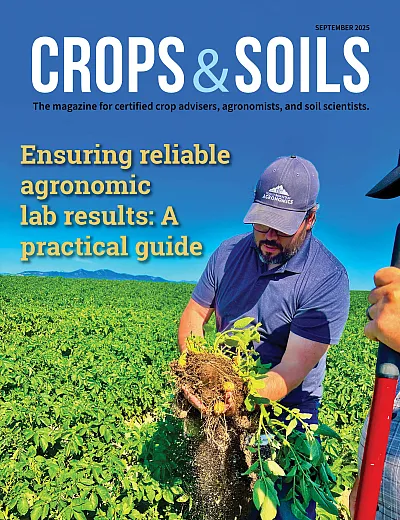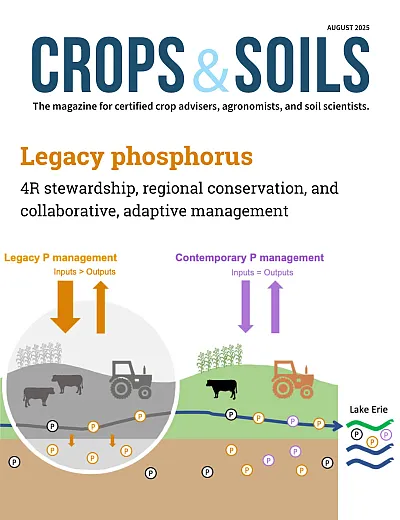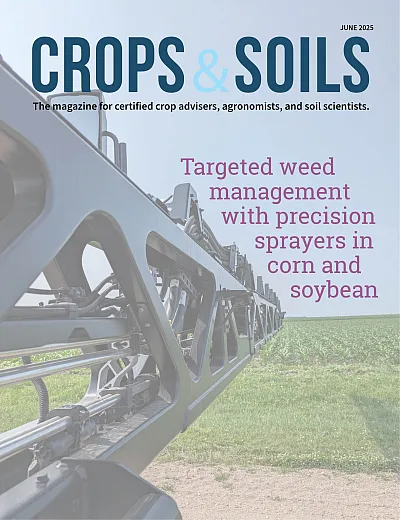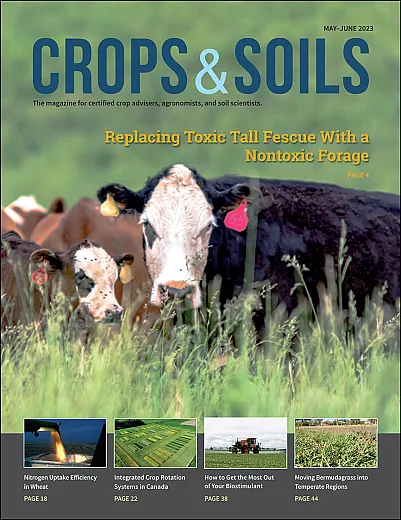
Crop Management
Nutrient Management
News & Perspectives
People
Sustainability
Careers & Education
May June 2023 issue
Volume 56, Issue 3
Inside this issueTall fescue is among the most popular cool-season pasture grasses in the United States and is widely grown in other countries with temperate climates. In the United States, nearly all tall fescue pastures planted before 1980 are infected with Epichloë coenophialum, a microscopic fungus. The common strain of this fungus produces toxins called “ergot alkaloids,” such as ergovaline. These ergot alkaloids cause fescue toxicosis, a severe livestock disorder that costs U.S. livestock producers at least $1 billion each year. At present, there is no medical cure for fescue toxicosis. There are, however, proven management strategies that lessen the effect of toxicosis. One is the replacement of toxic tall fescue with varieties that are endophyte-free or contain novel endophytes. See page 4.
Cover photo: Courtesy of Adobe Stock/jackienix.
Integrated Pest Management
Recent Issues
We want to hear from you
Do you have an article you'd like to submit or feedback for the magazine team? Let us know!



